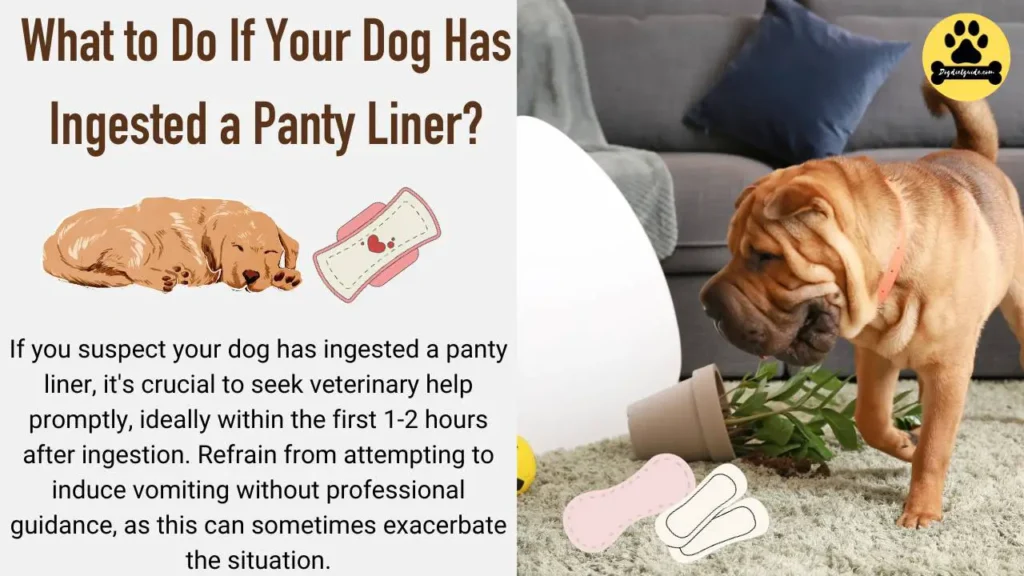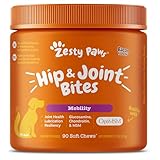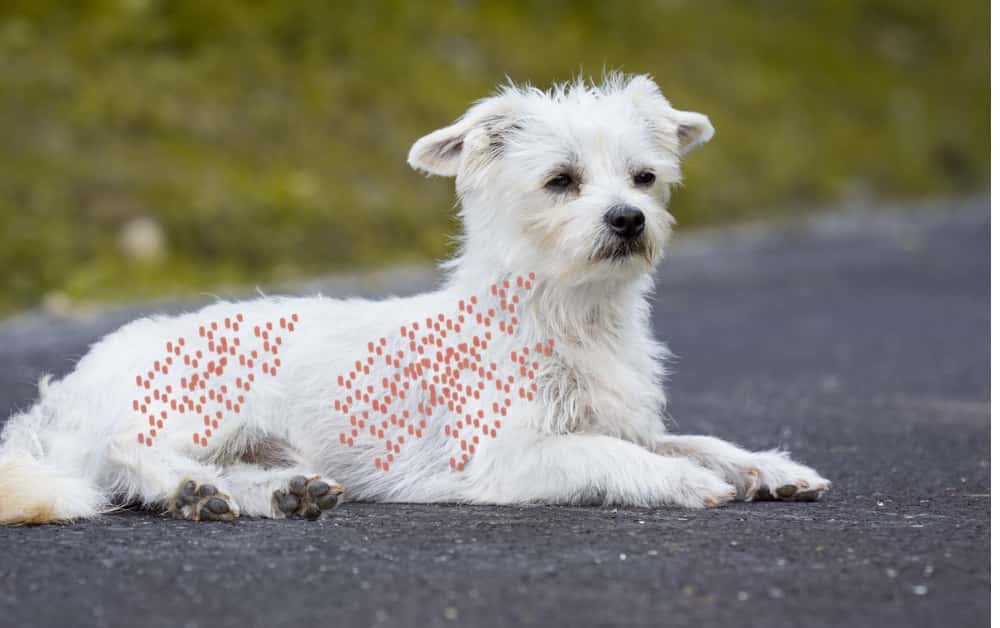Dogs are naturally curious creatures, sometimes leading them to nibble on things they shouldn’t. When a dog ingests a foreign object like a panty liner also known as panty shields or sanitary liners, it can cause concern for any pet owner. Understanding the risks and appropriate steps is crucial for your dog’s health and safety.
Overview
If you suspect your dog has ingested a panty liner, it’s crucial to seek veterinary help promptly, ideally within the first 1-2 hours after ingestion. Refrain from attempting to induce vomiting without professional guidance, as this can sometimes exacerbate the situation. Keep a close eye on your dog for any signs of distress or discomfort, such as vomiting, diarrhea, abdominal pain, or changes in behavior.
What Makes Panty Liners Dangerous?
Panty liners are not designed for digestion and can contain chemicals and gels that absorb moisture. These materials can expand inside a dog’s stomach, leading to blockages or toxic reactions.
If a panty liner moves through the digestive system, it can cause blockages that might not be evident immediately. Understanding the long-term risks, such as intestinal obstruction and peritonitis, is essential for dog owners.
Professional training can teach your dog to obey commands such as “leave it,” which can be lifesaving in preventing them from ingesting dangerous items. Investing in training is a proactive approach to your dog’s safety.
What to Do If Your Dog Has Ingested a Panty Liner?

If your dog ate panty liner, it’s essential to monitor them closely for any signs of distress or discomfort. While some dogs may pass small foreign objects without issue, others may experience complications such as intestinal blockage, which is a serious condition that requires immediate veterinary attention.
Here’s what you can do:
-
Keep a close eye on your dog’s behavior and watch for symptoms like vomiting, diarrhea, lack of appetite, lethargy, or abdominal pain.
-
Determine how much of the sanitary liners was ingested and if it contained any potentially harmful substances like gels or fragrances.
-
Call your veterinarian to inform them of the situation. They may want to see your dog or give you instructions on what to do next.
-
Do not induce vomiting unless a professional instructs. This can sometimes cause more harm than good.
-
Avoid giving your canine salt, hydrogen peroxide, or any other home remedy without veterinary guidance, as these can be dangerous.
-
Once the immediate concern is addressed, take measures to prevent your dog from accessing similar items.
Recognizing the Signs of Foreign Object Ingestion
If you suspect your dog has ingested a sanitary liners, it’s essential to recognize the signs. Symptoms may include vomiting, gagging, loss of appetite, lethargy, or changes in bowel movements.
Immediate recognition can differentiate between a minor incident and a severe health issue.
Immediate Actions: When Time Is of the Essence
When you discover that your furry friend has eaten a panty liner, time is critical. The first step is to assess your dog’s behavior and physical state.
If your pup is choking or showing signs of distress, immediate veterinary care is necessary.
Is It Safe To Induce Vomiting If My Dog Has Ingested A Panty Liner?
Some vets may recommend inducing vomiting in cases like this. It’s essential to approach the situation with caution. Inducing vomiting without proper guidance could worsen the situation.
Consulting a veterinarian is crucial, as they can provide tailored advice based on factors like your dog’s size and the quantity of the ingested item. They can recommend the safest and most effective action to ensure your dog’s well-being.
Remember, professional advice is always the best approach to your pet’s health.

Related Post: Role of River Run Dog Food in Canine Diet
Diet and Care: Supporting Your Dog Post-Ingestion
Post-ingestion care may involve dietary changes like feeding a bland diet or providing plenty of water to help pass the foreign material.
Monitoring your dog closely during this period is vital.
Prevention is always better than cure. Tips for preventing your dog from ingesting panty liners or other harmful objects include keeping bathroom doors closed, using trash cans with lids, and monitoring what your dog can access.
FAQs
In how much time does panty liner toxicity appear in dogs?
Panty liner toxicity can manifest in dogs within hours to a few days after ingestion, depending on factors like the dog’s size, the type of liner, and the quantity consumed.
How long does it take for a dog to be sick after eating something bad?
A dog can become sick after eating something harmful within a few hours to a day. The onset of symptoms varies based on the ingested substance and the dog’s individual response.
Can a dog pass panty liner?
A dog can pass a panty liner, but if it causes a blockage or other complications, veterinary intervention may be necessary.
Why does my dog eat my panty liners?
Dogs may be attracted to sanitary liners due to their scent, texture, or taste. It’s essential to keep them out of reach to prevent ingestion and potential health issues.
What happens if my dog eats a sanitary pad?
If a dog consumes a sanitary pad, it can lead to gastrointestinal problems, including blockages or irritation. Prompt veterinary care is recommended.
What happens if my dog ate part of a paper napkin?
If a dog ate part of a paper napkin, it may pass through the digestive system without causing significant harm. However, if the dog shows signs of distress or discomfort, consult a veterinarian for guidance.
Related Post: Can dogs eat Gentian Violet?
Final Thoughts: Dog Ate Panty Liner
In conclusion, if your dog ingests a panty liner, it’s essential to stay calm and act promptly. Recognize the symptoms, understand the risks, and take preventative measures to ensure it doesn’t happen again.
Your dog’s health and safety are paramount, and with the proper knowledge and actions, you can mitigate the risks and keep your beloved pet safe.










![Can Dogs Eat Blood? 7 Side Effects [Expert Opinion]](https://petskor.com/wp-content/uploads/2022/04/Webp.net-resizeimage-12.jpg)
